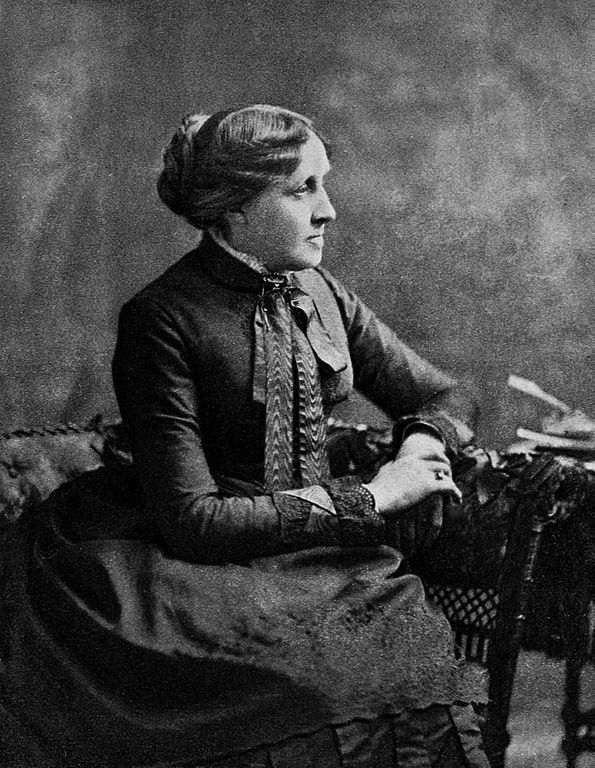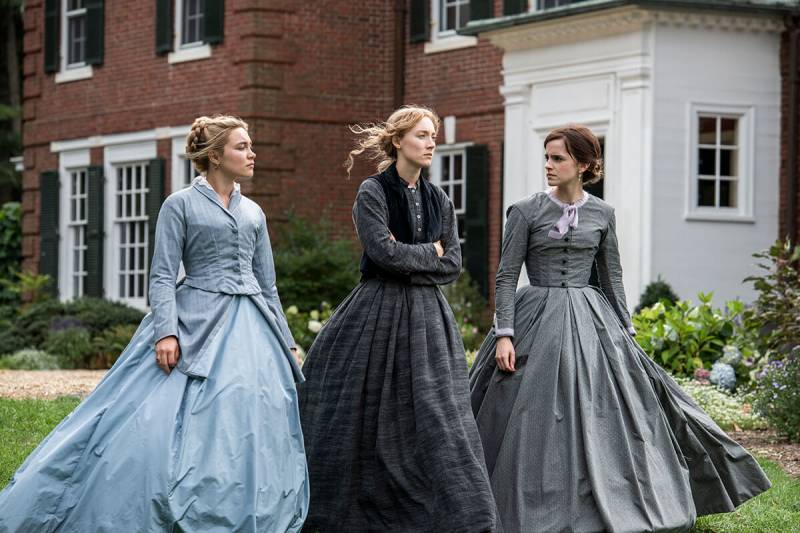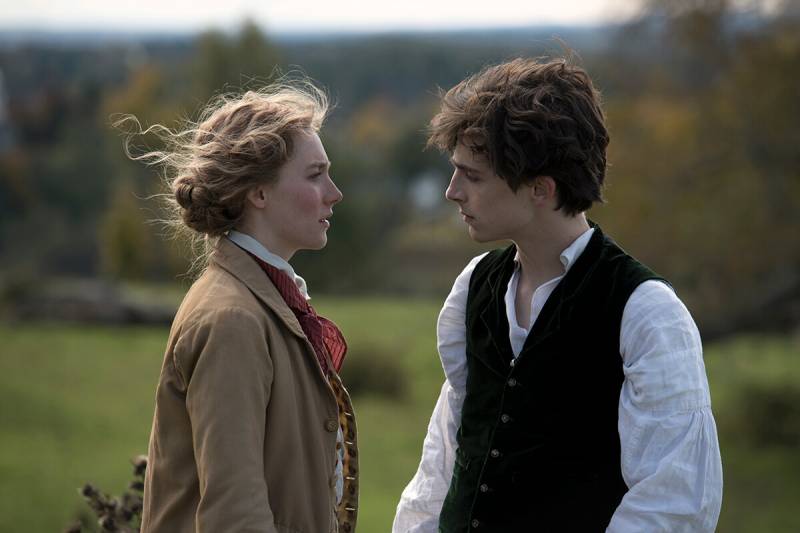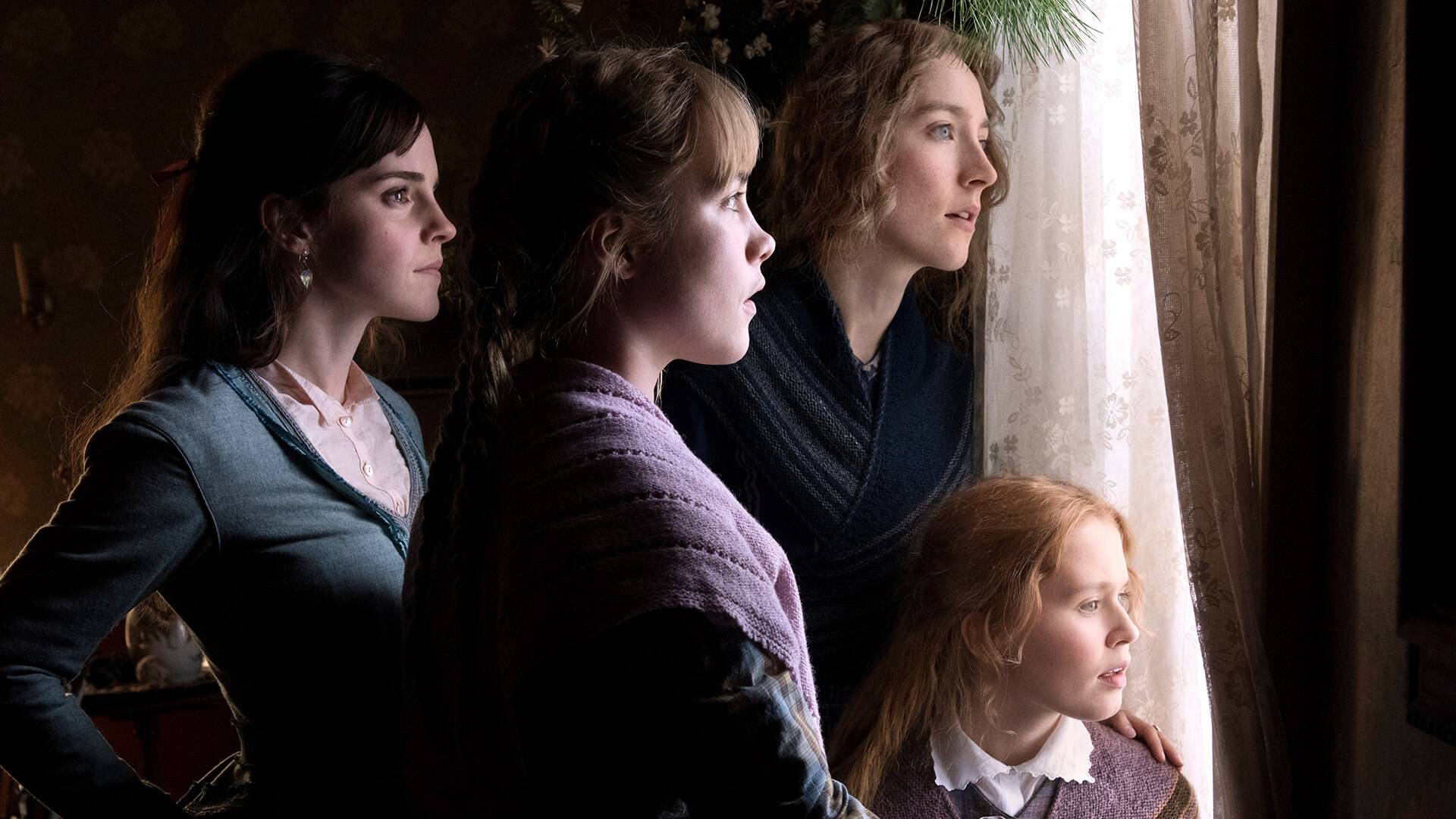
With every cover of “Little Women” turned, readers have been greeted with the same scene. It’s Christmas time and the March sisters haven’t the money for presents. With this predicament weighing heavily, the sisters take turns spinning through their options, revealing just enough to offer a snow-globe’s glance into the distinct personalities that have, over generations, served as faithful guides along the journey from adolescence to womanhood.
Penned by Louisa May Alcott in 1868, “Little Women” continues to find audiences eager for these nuanced portrayals of girlhood — a depiction that was lacking in popular literature when Alcott was approached to write the tale. The story has since been adapted for the stage, screen and page, while also garnering the adoration of luminaries such as Simone de Beauvoir, Elena Ferrante and Gloria Steinem.
Yet when asked by her publisher to write the book, Alcott hesitated. In a diary entry, Alcott writes that she “never liked girls or knew many, except my sisters,” going on to note that the sisters’ “queer plays and experiences may prove interesting, though I doubt it.”
As it turned out, the trials of Alcott and her sisters, who informed the creation of March siblings Meg, Jo, Beth and Amy, did pique the interest of audiences. Originally published in two parts, the story took popular culture by storm, selling out its original 2,000 print-run shortly after it landed on the shelves.
“I think that ‘Little Women’ — and actually the real Alcott family who are the models for the March family — embody a spirit that people really identify with no matter what culture or age,” said Jan Turnquist, executive director of the Orchard House, where Alcott wrote the novel. “And that is the idea of personal agency and sort of perseverance through whatever life brings. And also a sense that you don’t have to be perfect. You can be flawed. You can make mistakes. You can fix those or at least find a way to continue on beyond the mistakes. It’s very, very uplifting to think that way.”
Since its publication, the title has not gone out of print once — a feat that Lynn Lobash, the New York Public Library’s associate director of reader services, attributes to themes central to the novel, which she describes as “the role of women in family, society and gender stereotypes.” Echoing Lobash, Susanne Simpson, executive producer of Masterpiece (which recently adapted the book for PBS), stated that the book endures because of its “humanity and universal truths, such as love, grief and courage.”
“One can return again and again to the story over the course of a lifetime and find something new that resonates,” Simpson continued. “And the character of Jo March is so appealing because of her fierce independent spirit and persistent desire to voice her ideas through her writing.”
Though context has changed throughout the years, the March sisters have served as stewards of these themes. Anne Boyd Rioux, author of the book “Meg, Jo, Beth, Amy,” proposed that part of the novel’s endurance can be traced to the March sisters’ struggle to find their place in society as women with ambitions outside of what is strictly expected of them.
“The story is not really dated,” Rioux said. “The trappings might be a bit different — maybe they do different things, they wear different clothes. But the struggles they’re going through are the same things we still go through now.”

But how audiences have engaged with the text, Rioux explained, has evolved over time, taking on new meanings as it finds its way into new generations.
“For me, you can see how the cultural context really shapes how people approach a book,” Rioux said. “And because this book has been adapted so many times — it’s been on stage; it’s been made into an opera, a musical. It’s been made into films, to various mini-series. … It’s one of those stories that has taken on a larger life beyond what Louisa May Alcott ever envisioned.”
Arguably, the various adaptations over the years have helped to sustain the momentum of the book and bring it into cultural awareness anew. With the recent release of Greta Gerwig’s adaptation, the New York Public Library has seen a slight uptick in checkouts of the book (though, a representative noted that the title typically sees spikes throughout the year, particularly when students head back to school in September). At Orchard House, Turnquist stated that she believes interest in is also up, and she expects that to only increase with the film’s release. And Rioux posited that while readership of the book has been decreasing over the years, she believes the film will help introduce new readers to the fold.
“Both ways of experiencing this story are important, certainly for the cultural life of a text like this,” Rioux said. “If a book isn’t adapted into films, it doesn’t have as much saturation into the culture; it doesn’t seep into the culture as much. And this is a story and these are characters who, I think, are such important touchstones for women that they deserve that larger cultural treatment. And they definitely deserve this masterful piece of art that Greta Gerwig has produced.”

While reviews for Gerwig’s adaptation continue to roll in, the film has already been lauded for its cinematic acheivements and its portrayal of Jo March, who stands as a fictionalized version of Alcott. In her version, Gerwig eschews heavy focus on the romantic plot line often central to film adaptations to elevate Jo’s drive to become a writer.
“I thought [the film] had a very modern message about finding your way in the world and not giving up on your dreams, the things that you want to pursue,” Rioux said about Gerwig’s nuanced depiction of the book’s central conflicts. “And really about how difficult it is to tell stories about women that aren’t solely directed at finding them a man, that aren’t just about romance.”

Want more? Check out Who Adapted Louisa May Alcott’s “Little Women” Best on ALL ARTS.


